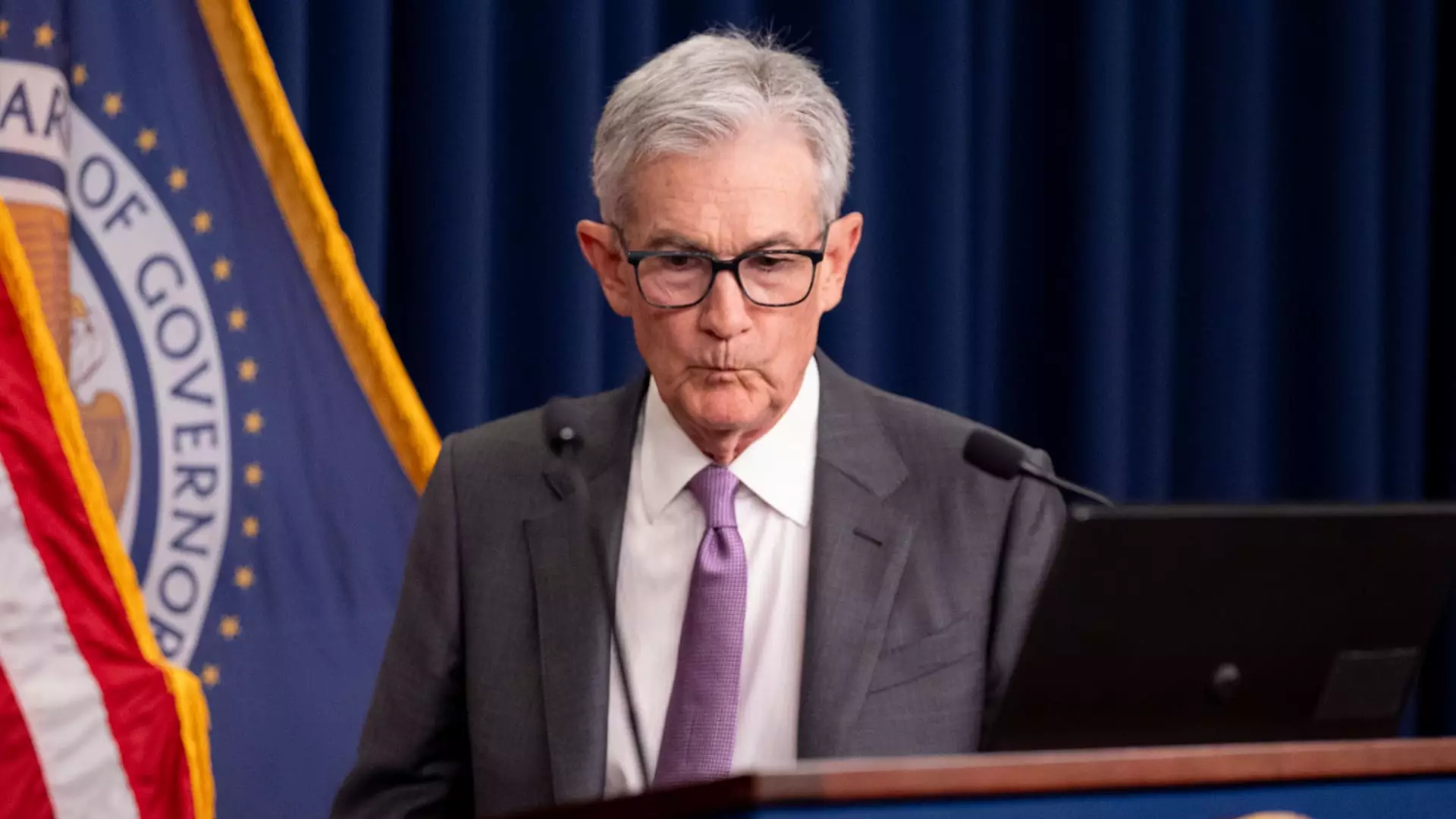As the Federal Reserve contemplates the possibility of reducing interest rates, various experts in the field have differing opinions on the timing and necessity of such actions. While some, like Claudia Sahm, the chief economist at New Century Advisors, advocate for a gradual reduction in interest rates to prevent a potential economic downturn, others, like Fed Chair Jerome Powell, are more cautious, emphasizing the strength of the current job market and the need for a measured approach.
Market participants are eagerly anticipating rate cuts starting as early as September, with expectations of reductions in subsequent months as well. The CME Group’s FedWatch gauge indicates a significant probability of a full percentage point being shaved off the fed funds rate by the end of the year. This aggressive path for rate cuts contrasts with the Fed’s decision to maintain the overnight borrowing rate at its current levels, citing the need for greater confidence in inflation returning to 2% before any adjustments are made.
Despite the market’s enthusiasm for rate cuts, there are concerns about the potential impact on the overall economy. DoubleLine CEO Jeffrey Gundlach warns that the Fed’s reluctance to adjust rates could lead to a recession, especially as other indicators like employment data show signs of deterioration. He predicts the possibility of a 1.5 percentage point reduction in rates over the next year, a more aggressive approach than what the Fed has indicated in its projections.
The Need for a Balanced Approach
In navigating the complex landscape of monetary policy, it is crucial for the Federal Reserve to strike a balance between stimulating economic growth and mitigating the risks of inflation and recession. While there are compelling arguments for both maintaining current interest rates and implementing cuts, the key lies in carefully evaluating economic data and trends to make informed decisions.
As the debate over interest rate reductions continues, it is essential for policymakers at the Federal Reserve to exercise caution and prudence in their decision-making process. By carefully assessing the current economic climate, listening to a diverse range of viewpoints, and remaining flexible in responding to changing conditions, the Fed can navigate the challenges ahead with confidence and foresight. Ultimately, the goal is to promote sustainable economic growth while safeguarding against potential risks and imbalances in the financial system.


Leave a Reply